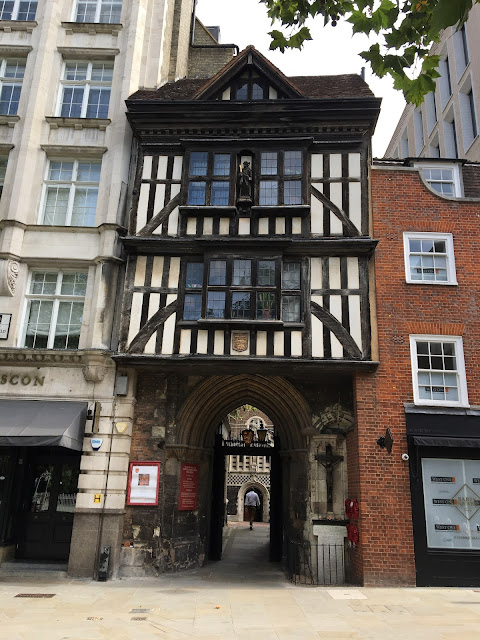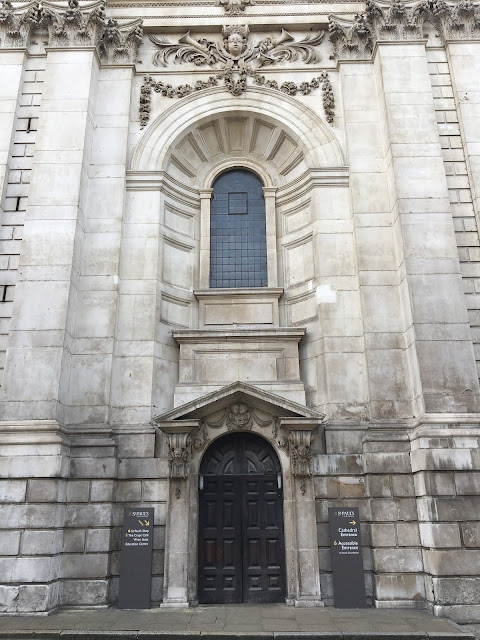On the second full day of our trip to Bath we headed off to the station and caught the next train to Bradford on Avon. A mere fifteen minutes away. Trains are every half hour and it is a journey I would recommend if you're holidaying in Bath. (I'd also recommend 'Pablo's Tapas' where we had lunch!)
In the late seventies and early eighties the English architectural historian Alec Clifton Taylor presented three series (each of six episodes) on the architecture of English towns for the BBC. A different town in each episode. They were excellent. Just the sort of thing that the BBC was then very good at. Alas, I don't think the same can be said today. These half-hour documentaries can be occasionally found on YouTube, but usually disappear again; I think for copyright reasons. I suspect the BBC is very assiduous in that. However these programmes are really worth looking out for. Anyway Bradford on Avon appeared in the second series which was broadcast in the Autumn of 1981. And I suppose it was seeing that particular episode on YouTube a year or so ago that put the idea in head when we decided to visit Bath.
Bradford is not large, (pop 9,000+); the centre in particular is very small - a tight knot of narrow streets that suffers a lot from through traffic. An important river crossing that was once over looked by a hill-fort, high on the hill to the N above the town. In Late Saxon times Bradford was the site of a monastery. So a place of some considerable history. There isn't much town on the southern bank of the Avon but on the north it creeps up that steep hillside to the Budbury plateau in a series of long parallel lines of old stone houses that once housed weavers. This was once a manufacturing town, and down on the valley floor were a series of great woollen mills. The architecture in all is very like what I was used to living in south Lincolnshire - ooltic limestone, ranging from pale grey to warm ochre, and stone slate roofs. Both Kesteven and Bradford are at either end of the Limestone Belt that weaves its way through England roughly SW to NE. What interested me in Bradford were the remarkable group of Baroque houses, somewhat similar to the ones on Bath, and the two medieval churches. One of which, St Lawrence, really is something special, of national importance.
You know, as I upload these pictures I feel I haven't really done Bradford on Avon justice. Alas we didn't see Bradford Hall, which is the second building in the town of national importance, or the the tithe barn. Or the long terraces of of weavers houses that climb the hillside and that bear such evocative names as 'Top Rank Tory'. In places the narrowness of the streets and lack of pavement meant it was next to impossible, on a normal week day, to take photographs. Perhaps another time.



















































